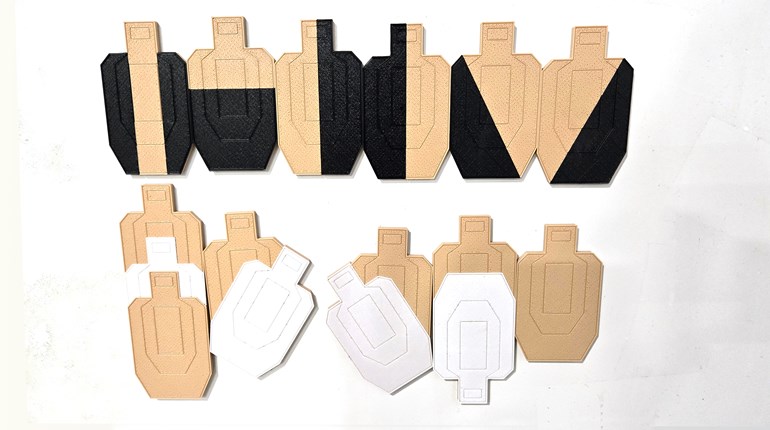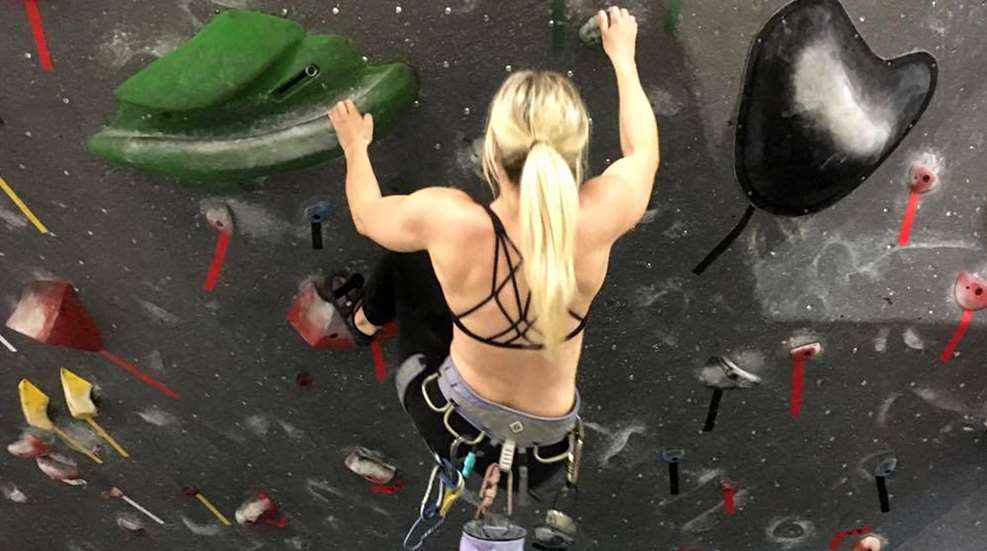
Natural movement, the factor which we have the most control over, is the easiest to address during training. There are many different methods to minimize the movement, including training the muscles used when shooting.
Muscle training, more readily identified as essential in other sports, is just as important to a shooter as it is to a marathon runner. In their respective sports, shooters and runners must both train for endurance and precision. The difference lies in how the athletes train.
Stability, coordination and concentration are required of all shooters to execute the perfect shot. Without these, the athlete will not reach peak performance. To maximize the ability to replicate shot execution each time, a shooter must train his or her muscles and the central nervous system to do this, just as a runner must train to maintain the same cadence and stride length over time.
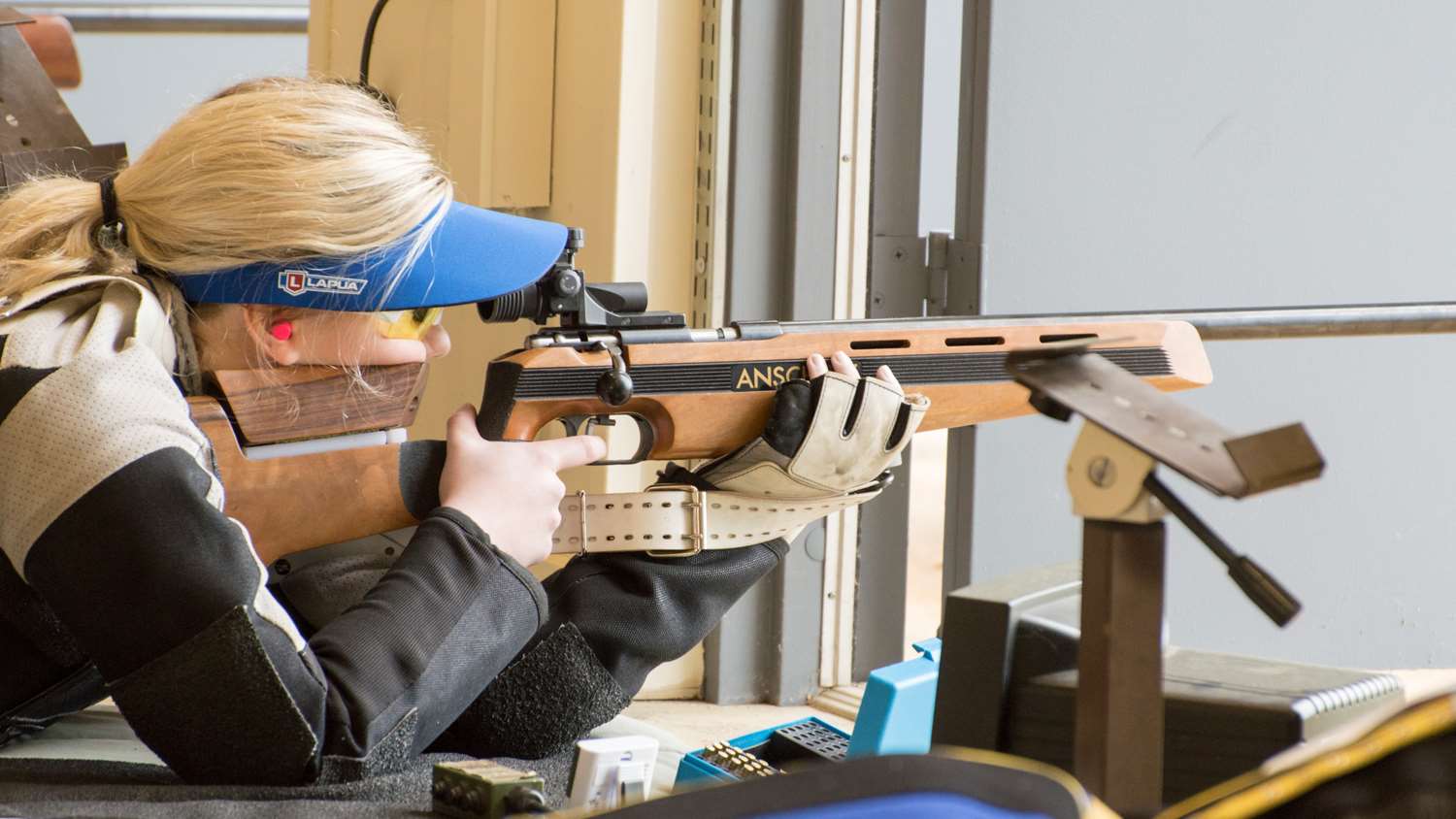
Muscle training can be broken down into three different types. The first, general muscle training, includes strengthening leg, abdominal, arm and shoulder muscles. This is the type of muscle training an individual interested in personal fitness might include in their workout. However, shooters can also benefit by developing these muscle groups because they contribute to stability.
The second type of training is specific to a muscle, or training designed with a particular activity in mind. Where a cyclist might focus on lower-body exercises for power, a swimmer might focus on the upper body to help pull them through the water. Because shooting is not a power sport, general and specific muscle training is often overlooked. However, they are both excellent for maintaining balance while increasing endurance, especially when added to an off-season training plan.
The third type of training involves muscle coordination. This is the most important for shooters, as muscle coordination requires the most concentration and is controlled by the central nervous system—the system that controls the fine muscles used for stability and motion. Within this type of training, there are two types of activities that need to be identified—static and dynamic muscle training.
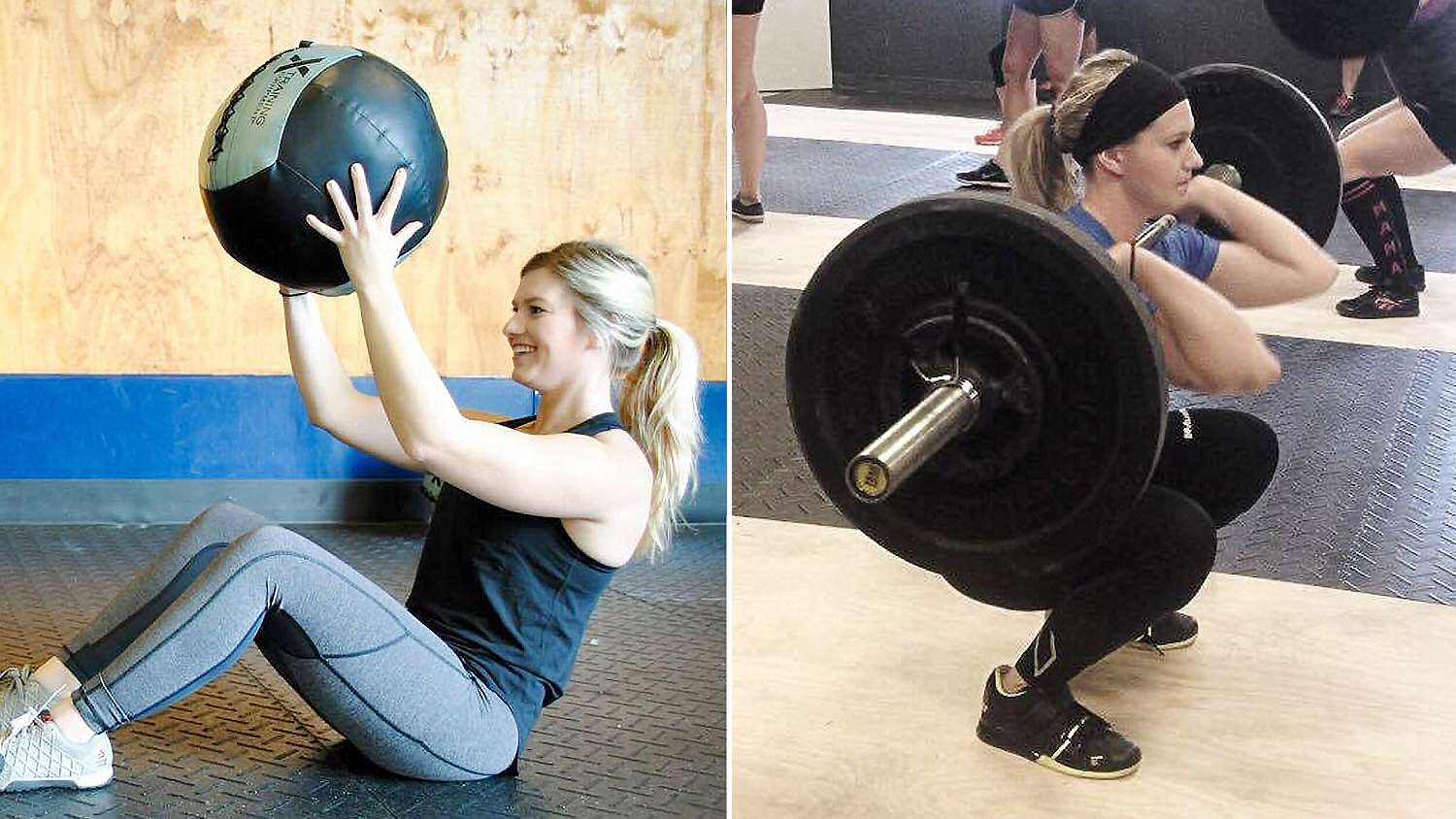
Static muscle movements refer to any activity that requires strength without movement, such as holding a rifle steady. Any time a shooter holds a firearm in position, static muscle conditioning is being tested. Another example of static movement might be wall sits, where you place your back flat against a wall and bend your legs 90 degrees to simulate sitting in a chair. Although the second example can be more physically demanding than lifting your firearm, you are training in much the same manner.
The second part of muscle coordination is called dynamic muscle activity. Activities requiring movement fall into this category. When shooting, the trigger squeeze is defined as the dynamic activity. Putting these types of muscle movements together in precision shooting is complicated.
As shooters, we ask our central nervous system to keep certain muscles completely still, while moving others as smooth as possible. It's like the childhood challenge of patting your head while rubbing your stomach. Despite the fact that both the patting and rubbing are dynamic activities, it's tough to accomplish. Shooting takes the central nervous system to a higher level, by asking it to perform two functions of different communication processes—static and dynamic activities—simultaneously.
Because of this dual challenge to the nervous system, shooters often experience increased movement when they begin to squeeze the trigger. As the trigger finger starts squeezing, it can send an erroneous message to the entire area, telling the surrounding muscles that they should move also. To reduce this, it is important to train each of these activities separately to allow the holding muscles to stay relaxed while the trigger finger moves.
Unless the training takes place separately, the athlete will not condition the central nervous system properly. There are several exercises available to help shooters with this training. When the athlete has perfected the two activities individually, only then should they combine the two.
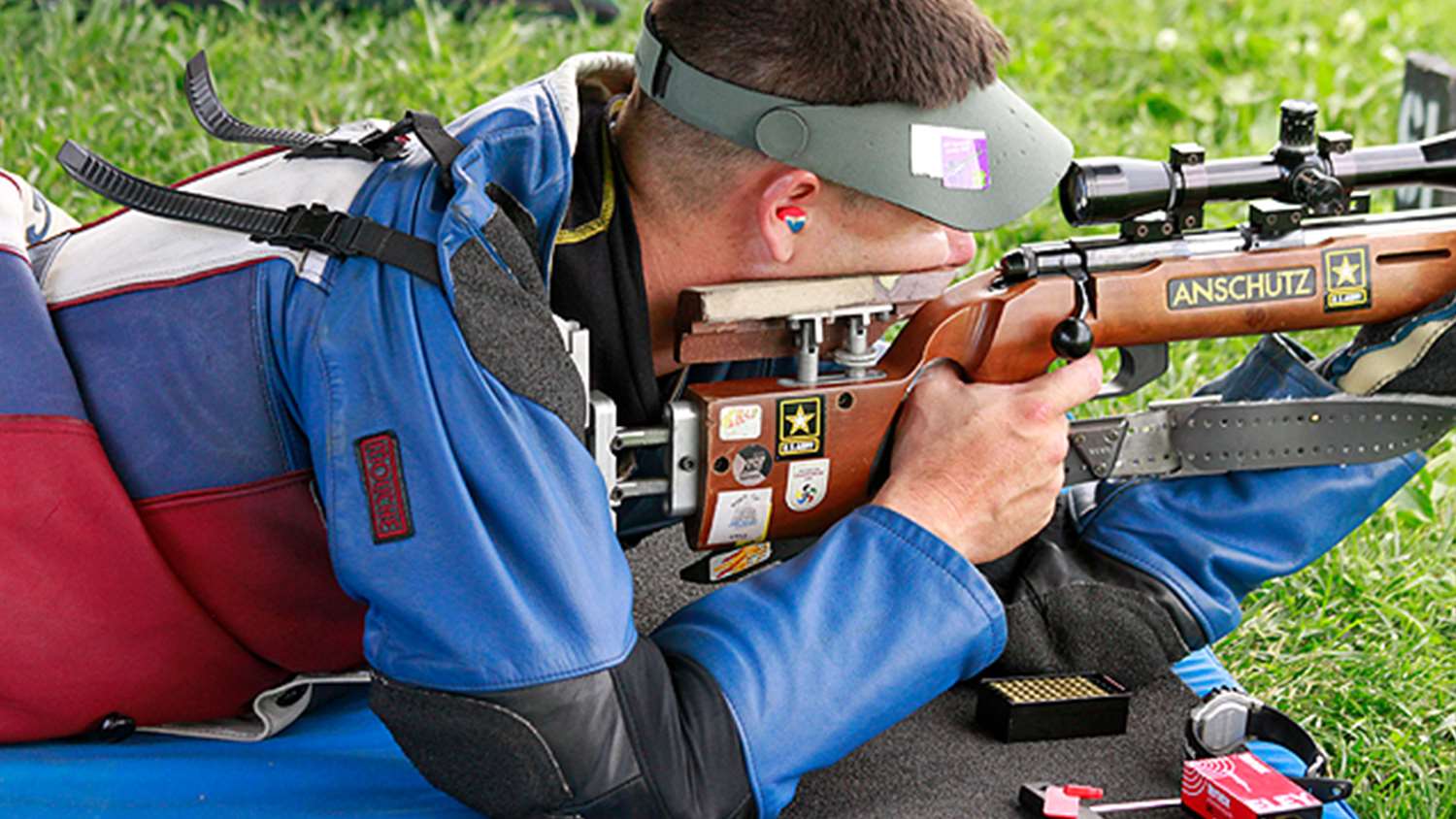
As with any physical activity, the athlete should start with a small amount of training and gradually increase to ensure proper technique and reduce the chances of injury.
The following activities are for dry fire training only. Before doing any of these, make sure your firearm is unloaded and prepped for dry fire training.
Holding Drill—Static Activity Training
1. Take a light colored piece of paper about 4" x 4" and draw a solid circle the size of a pencil eraser in the center.
2. Tape the paper on a wall slightly below eye level (when in your shooting position). Step back from the wall far enough to allow adequate room to lift your firearm into position.
3. Take your position and aim at the circle. Concentrate on holding as steady as possible. Once you see increased movement, put the firearm down and relax for 30 seconds. Perform as many as five repetitions. As you become stronger and your hold time increases, increase the number of repetitions.
Trigger Training—Dynamic Activity Training
1. Find a mirror large enough to see your hand and trigger at the same time while in position.
2. Find a place that allows you to see your trigger finger in the mirror and take your position.
3. Cock your firearm to dry fire and slowly start squeezing the trigger. Watch your finger in the mirror and make sure you are pulling straight back. There should not be any other muscles engaging while you are doing this. Repeat the exercise for 10 to 15 minutes taking short breaks as needed.
Read why 18-time NRA Bianchi Cup Champion Doug Koenig incorporates physical fitness into his training.
















